Everyone knows that plants depend on water, but you shouldn’t go overboard with watering them. Just about any plant can suffer if you water it excessively, drowning and unable to grow. However, this is particularly the case for certain plants that really don’t need too much water at all. For example, the following houseplants could die surprisingly quickly if you overwater them.
Aloe Vera
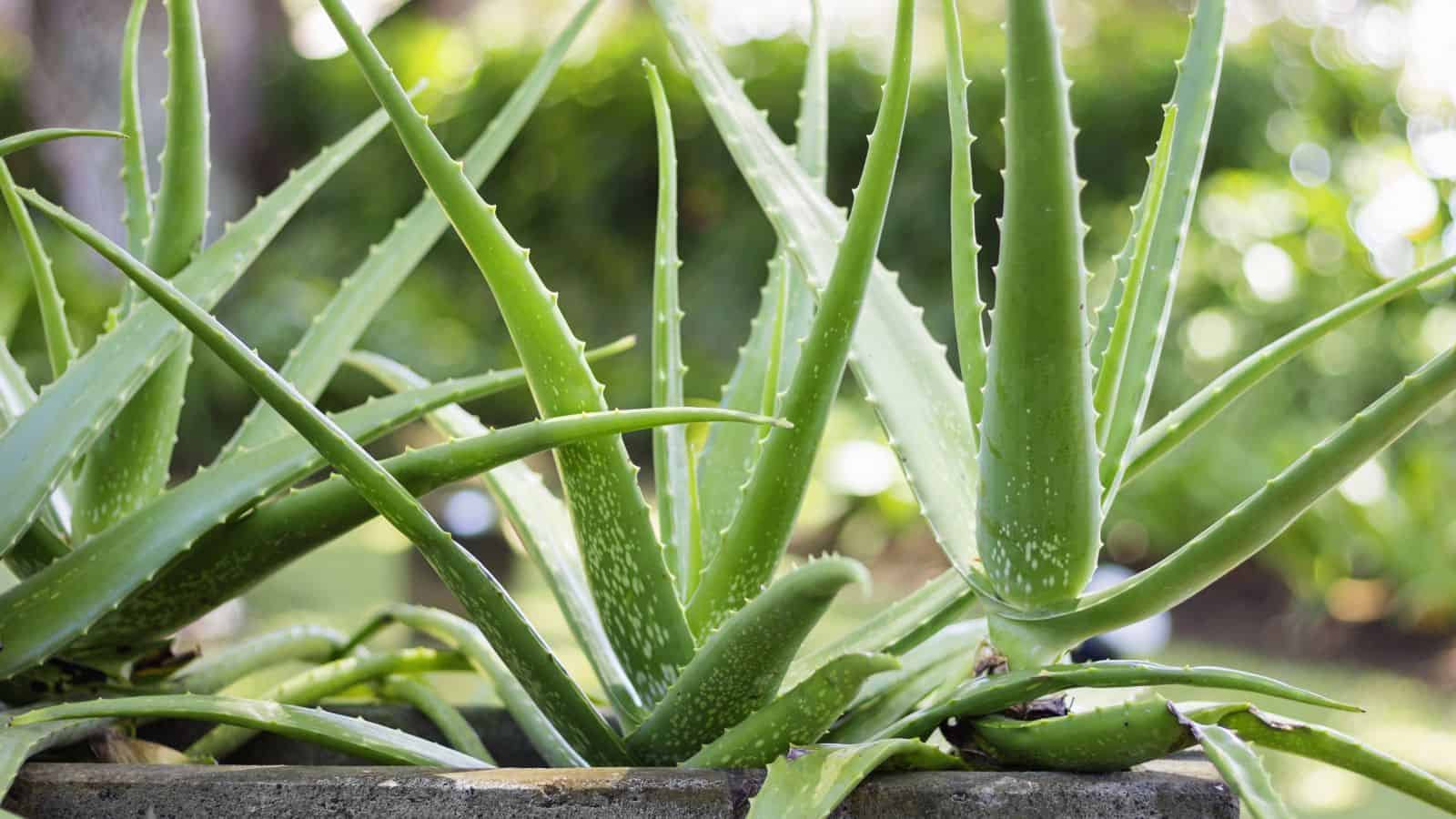
Due to Aloe Vera’s thick, juicy leaves that store water, it’s very drought-resistant, thriving in dry soil. Sure, it needs the occasional water, but when it’s overwatered, the roots can start to rot and fungus can grow, causing the plant to suffer. Therefore, it’s very important to allow the soil to dry completely between watering, letting it mimic the arid conditions Aloe is used to.
Snake Plant
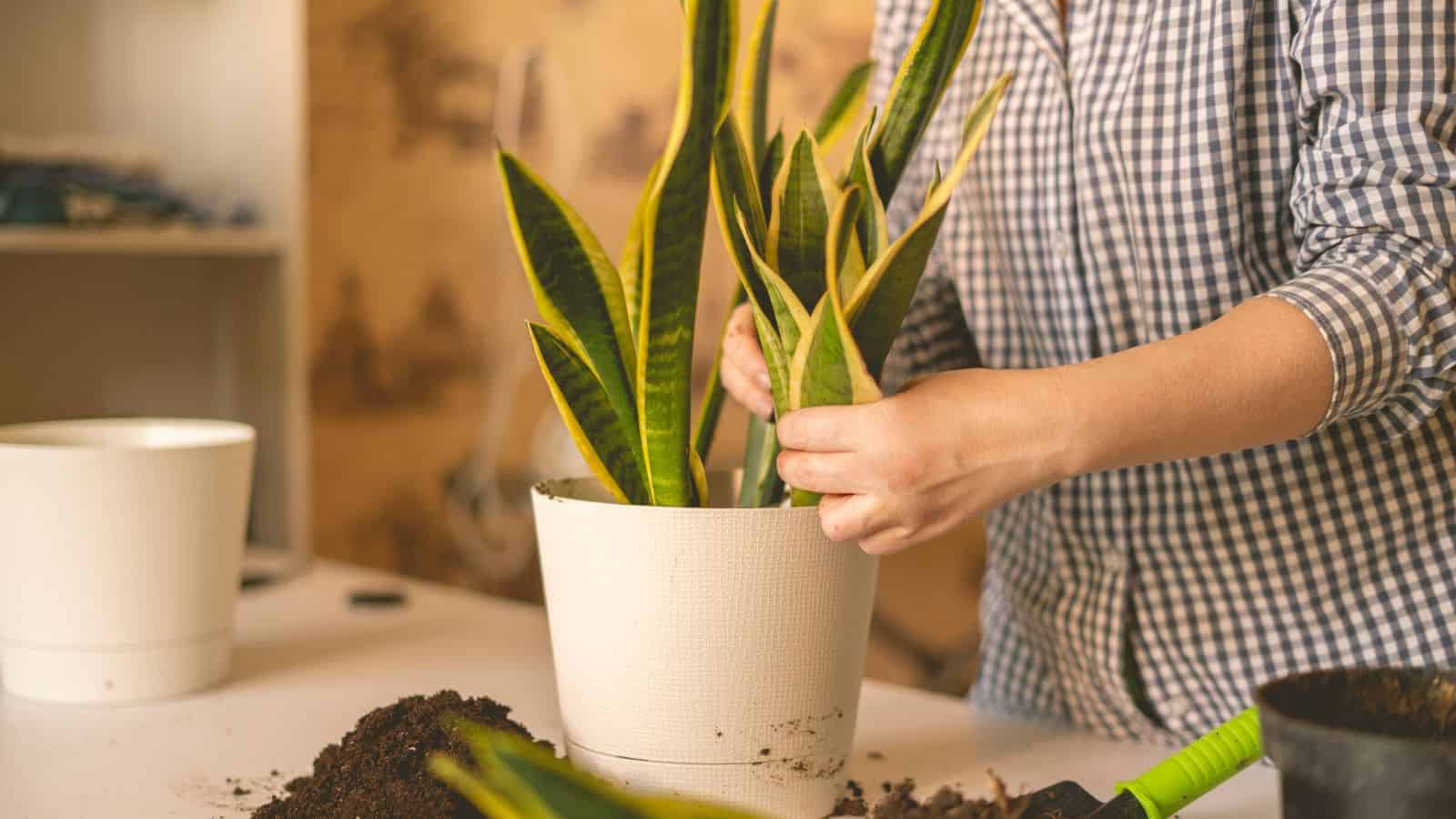
Known for its resilience, the Snake Plant can survive under neglect without too many problems, but ironically, it can’t survive in an overly wet environment. Its roots don’t handle excess water well and will rot if the soil stays soggy, just like with Aloe Vera. A good rule of thumb is to let the soil dry out completely before watering them again, as these plants thrive best when they’re left alone to enjoy a bit of dryness.
ZZ Plant
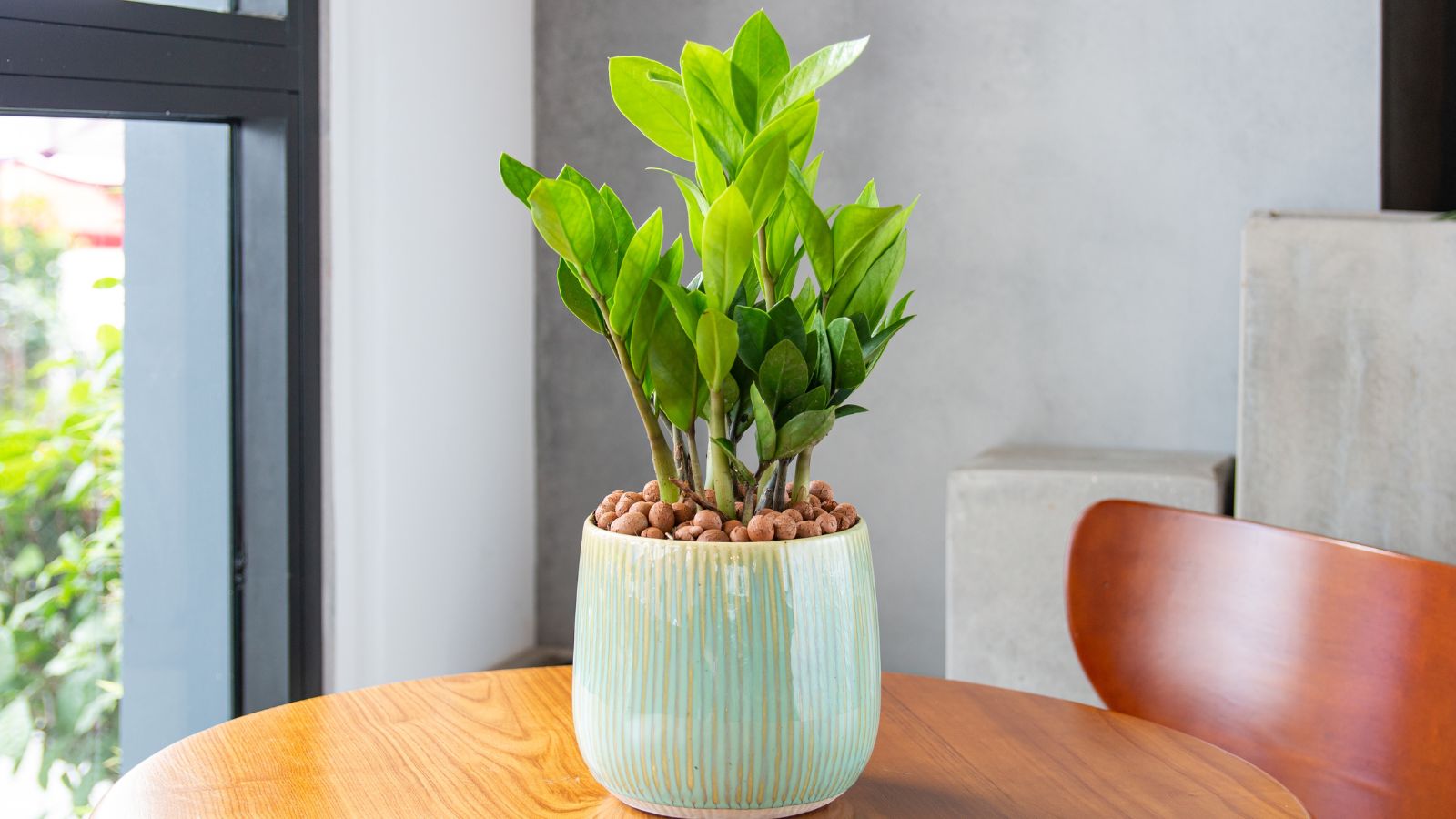
The ZZ Plant is one tough indoor plant that doesn’t need much water; in fact, it can go weeks without a drop, storing moisture in its rhizomes underground. Because of this, giving it too much water can cause its roots to decay, turning the leaves yellow and mushy. Just give your ZZ plant a thorough watering every few weeks, and it’ll remain looking its best.
Jade Plant
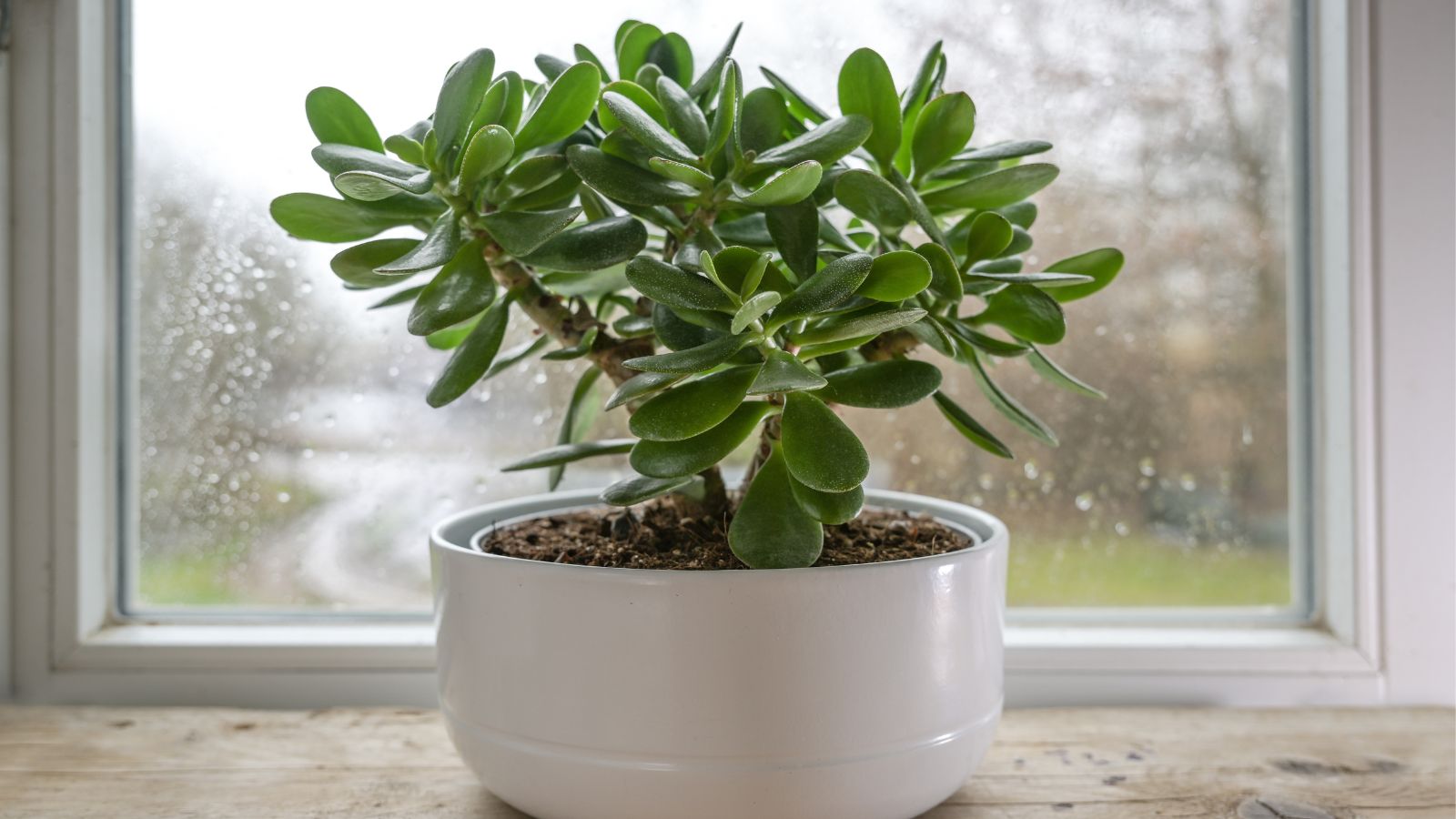
Like many plants on this list, this lovely succulent has thick, fleshy leaves that hold plenty of water, so it doesn’t need frequent watering. When the soil is kept wet, the roots become, once again, prone to rot, which can spread to the leaves. What you should do is let the top inch of soil dry out completely before watering, and your Jade Plant will have what it needs to thrive.
Pothos
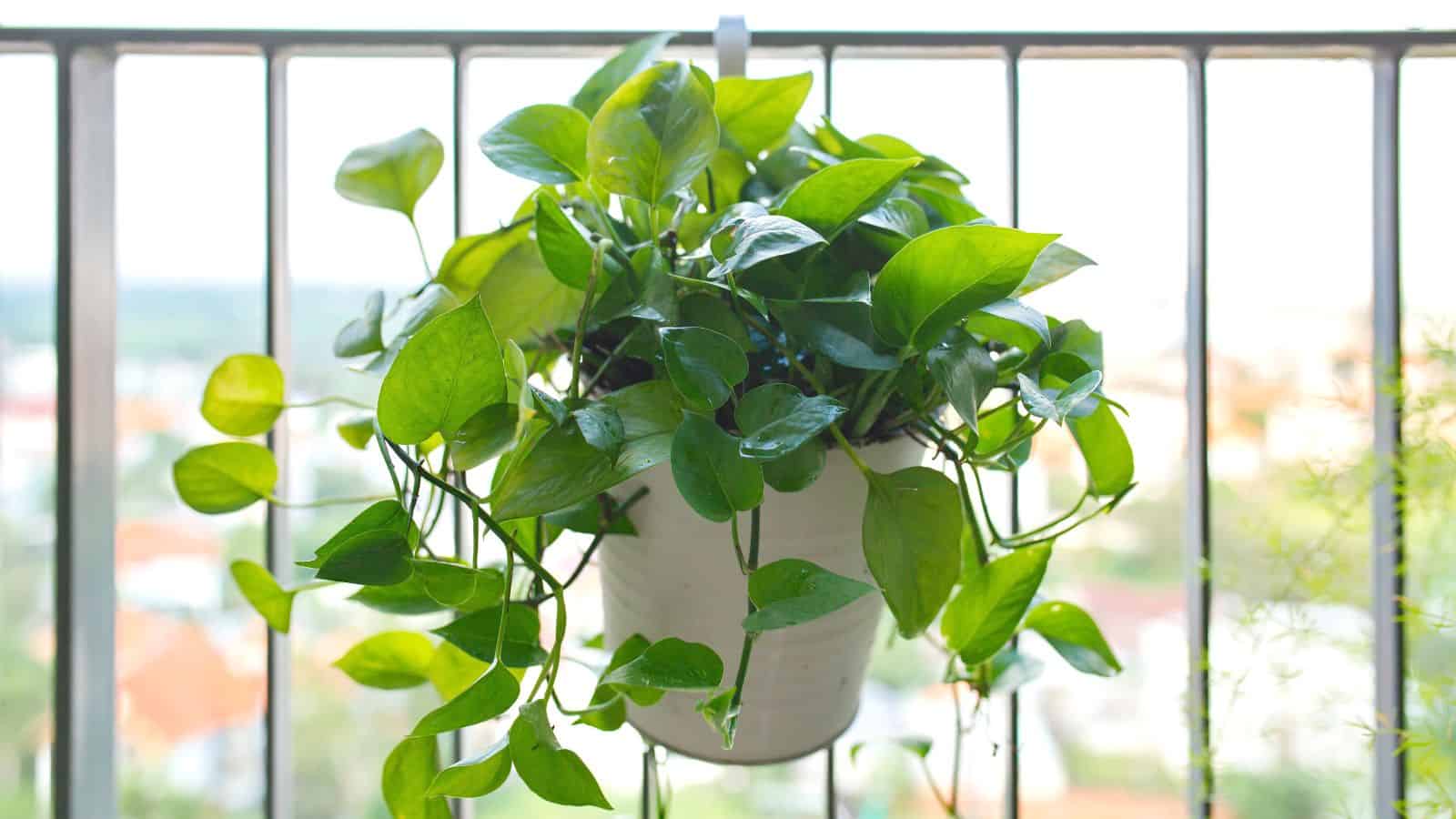
Pothos plants are generally low-maintenance, but they’re sensitive to overwatering. You won’t want their roots to rot and weaken the plant over time, so you should only water them when the top two inches of soil feel dry. This balance lets Pothos flourish without becoming too thirsty or too waterlogged.
Peace Lily
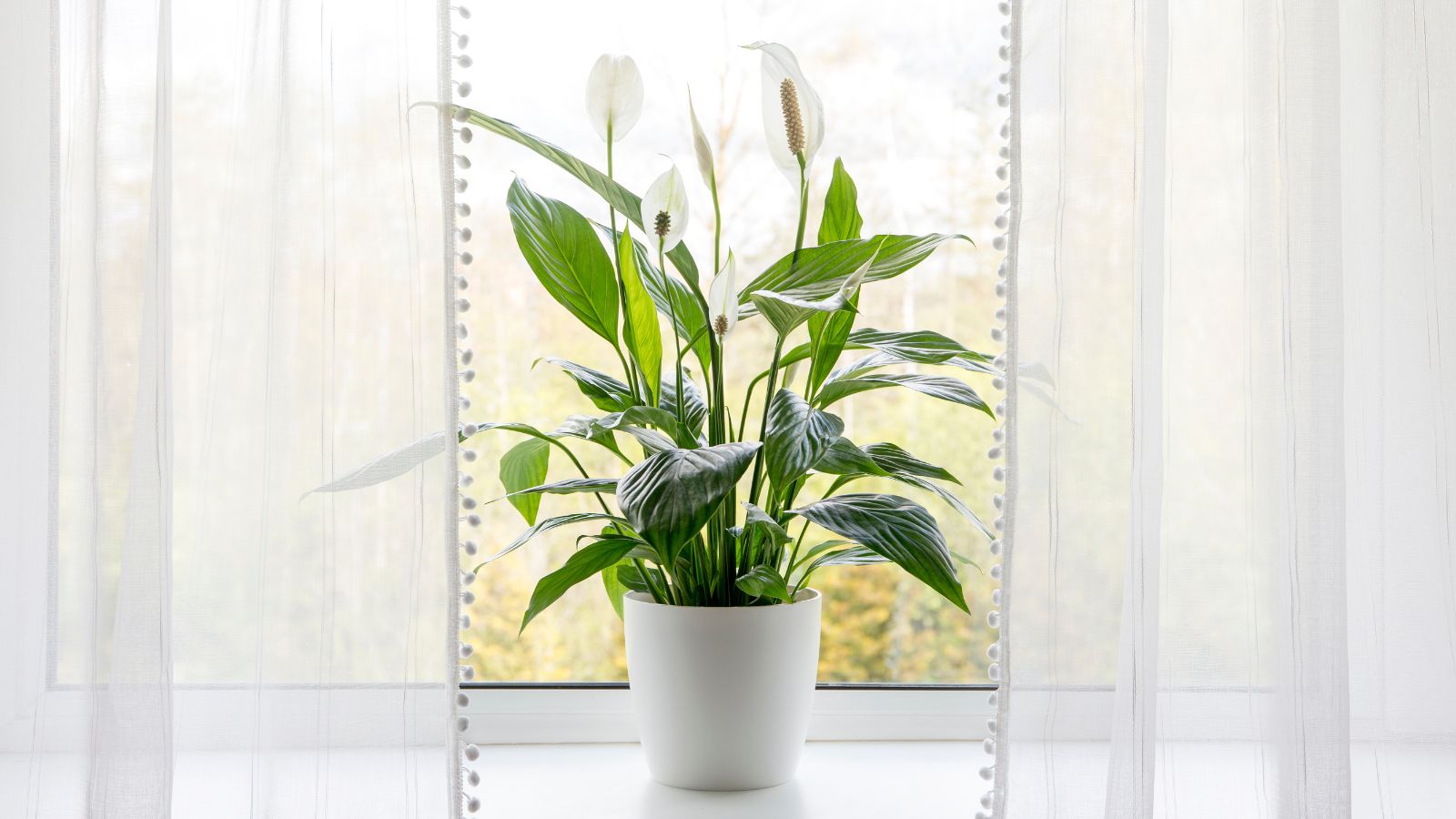
Unlike the previously mentioned plants, Peace Lilies need a little bit more water than other drought-tolerant plants, but it still only needs evenly moist soil. Too much water and its roots will start to delay, and you’ll notice the leaves starting to droop and turn yellow. Don’t allow the soil to dry out completely, but allow it to dry slightly between waterings to keep Peace Lilies vibrant.
Spider Plant
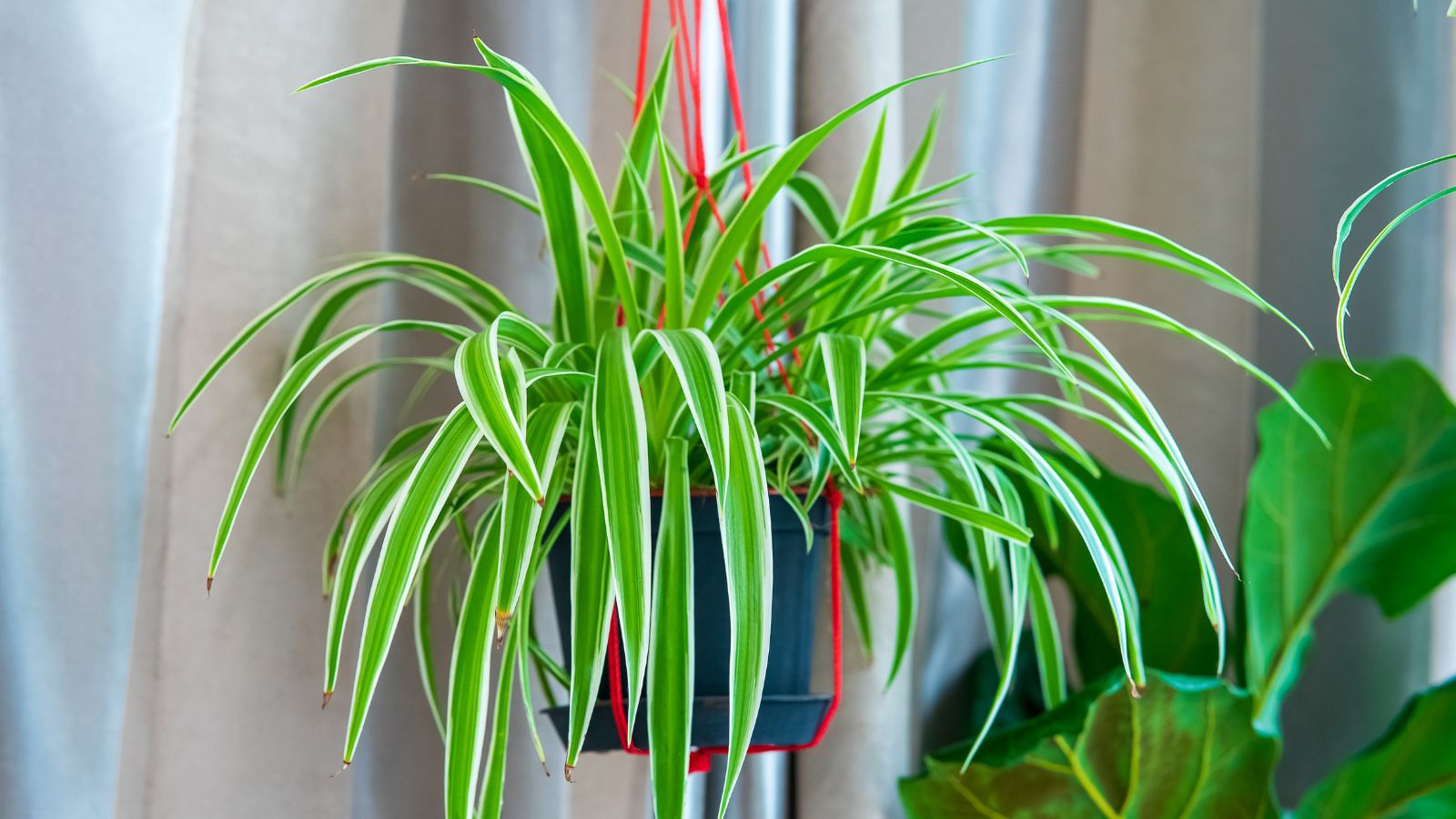
Not to be confused with the Snake Plant, Spider Plants are highly adaptable plants, but they’ll still suffer if left in waterlogged soil. The foliage will turn wilted and pale, and the roots will rot away, leaving nothing to help the plant grow. Just allow the soil to dry out between watering sessions to keep them happy and healthy, and those bright green leaves will show off their best work.
Rubber Plant
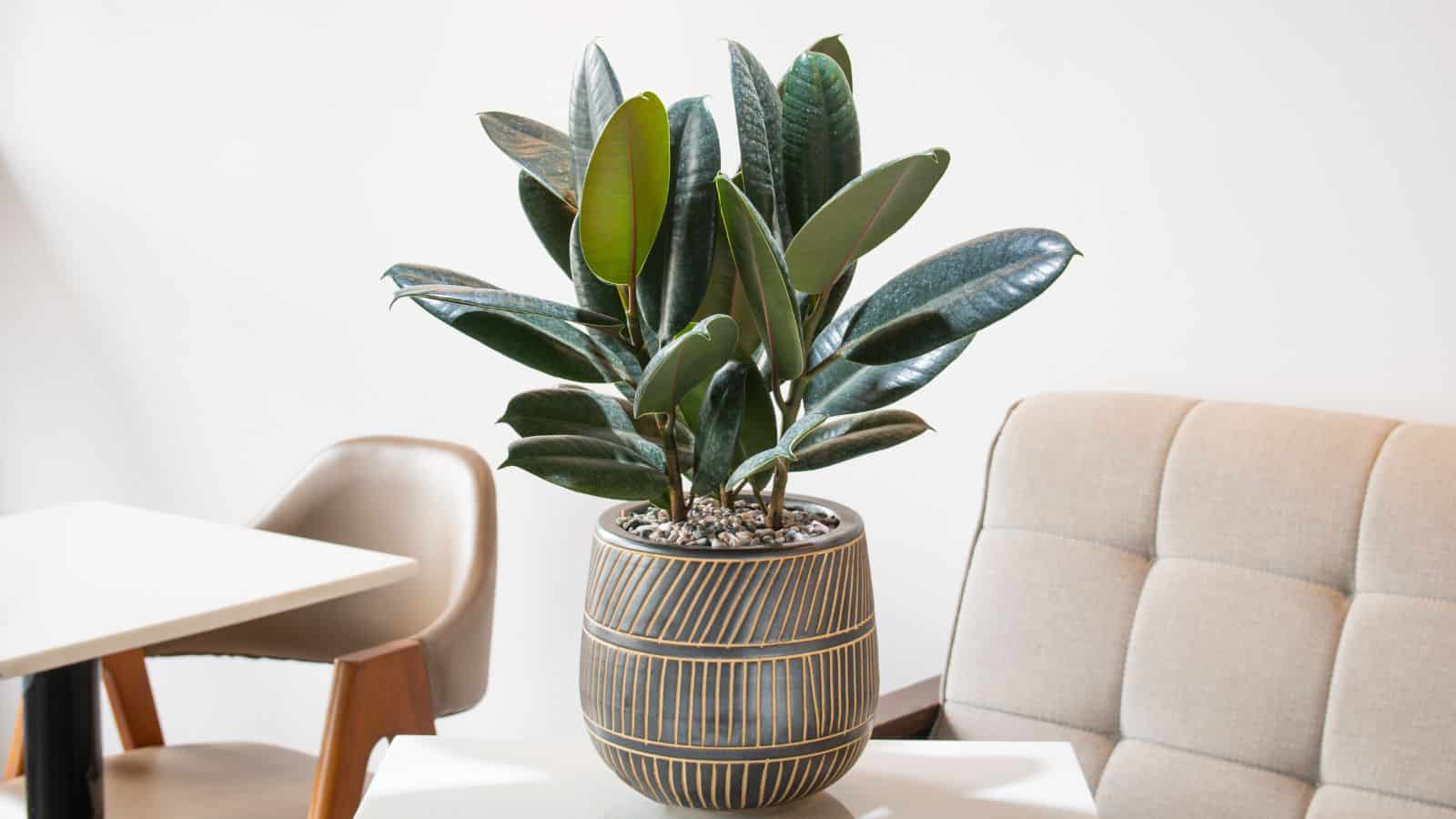
Rubber Plants prefer a moist but not overly wet environment, a lot like Peace Lilies. When overwatered, their leaves can become yellow and fall off, a sign that the roots are struggling. The best port of call is to let the soil dry slightly between watering, as this keeps the roots healthy and the plant looking lush and full.
English Ivy
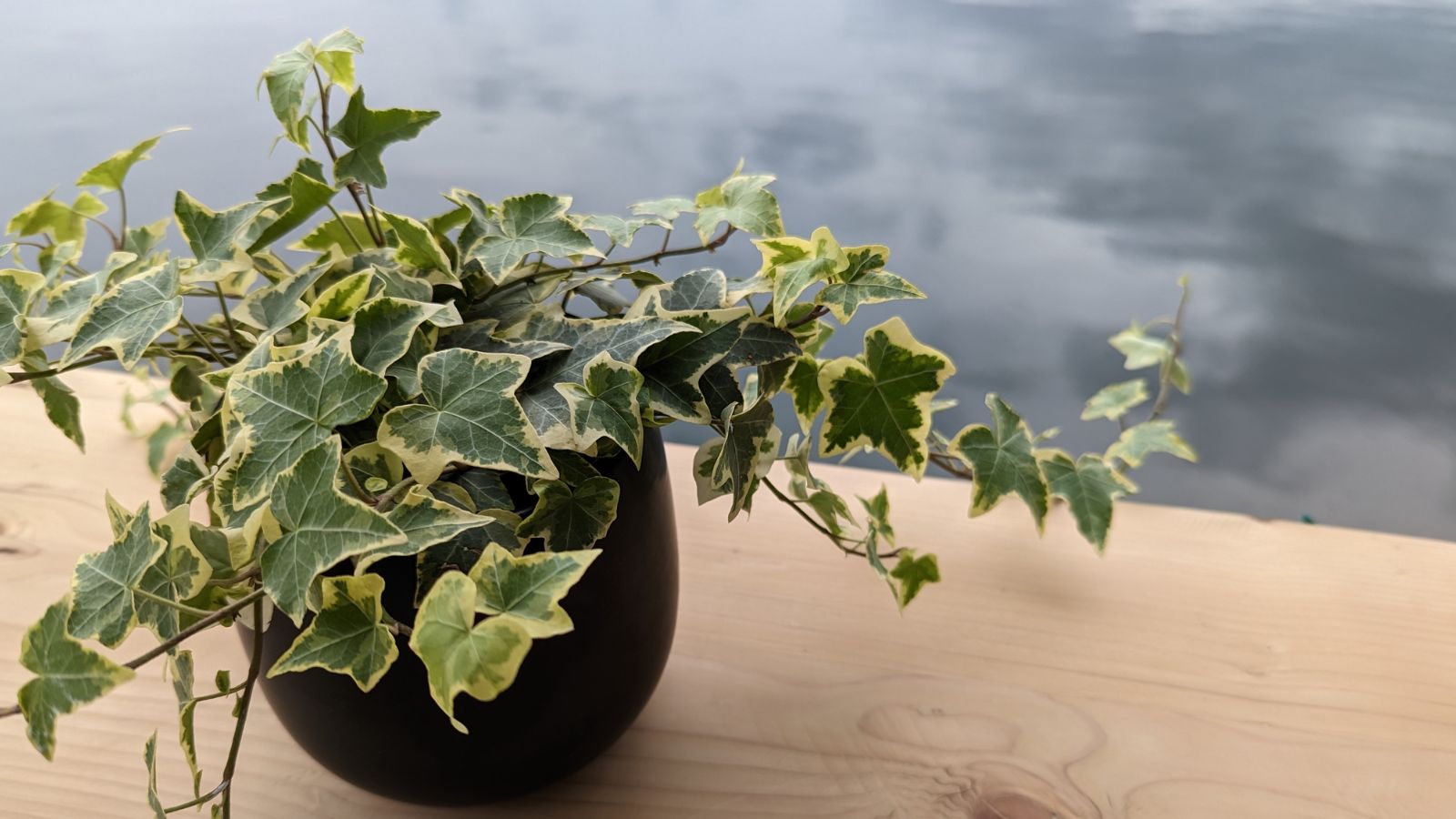
English Ivy is a hardy climber who doesn’t like having wet feet, so don’t overwater it, or its vines will start to droop. This plant does best with a weekly drink, but make sure the soil dries out before the next round, a rhythm that will keep its growth lush without stressing the roots.
Chinese Evergreen
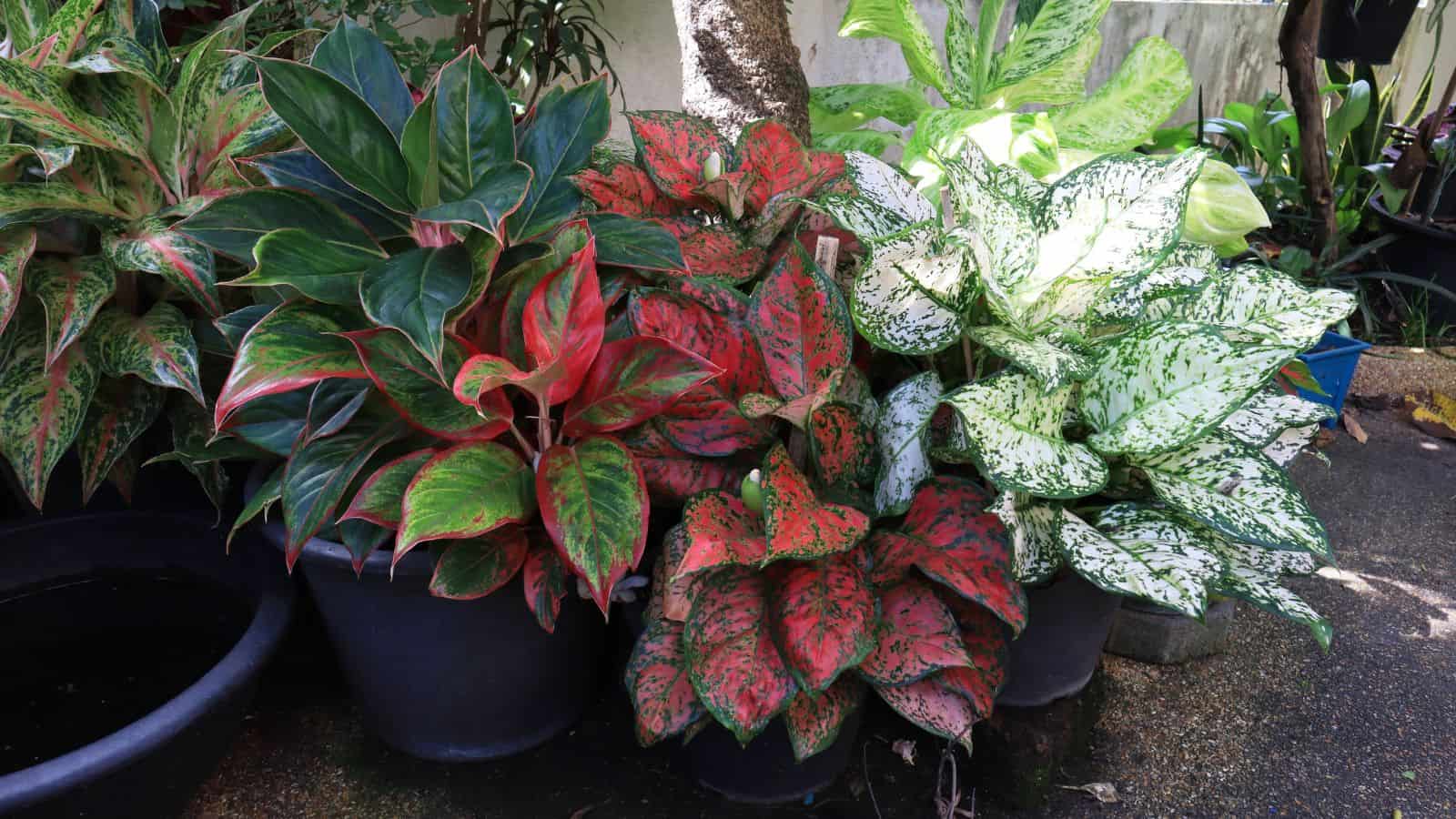
Not only can Chinese Evergreen tolerate low water levels, but it also does fine in low light. Put the plant in indirect sunlight and allow the soil to dry out slightly rather than completely. Otherwise, if the soil stays damp, root rot can set in, harming the plant’s lovely variegated leaves.
Fiddle Leaf Fig
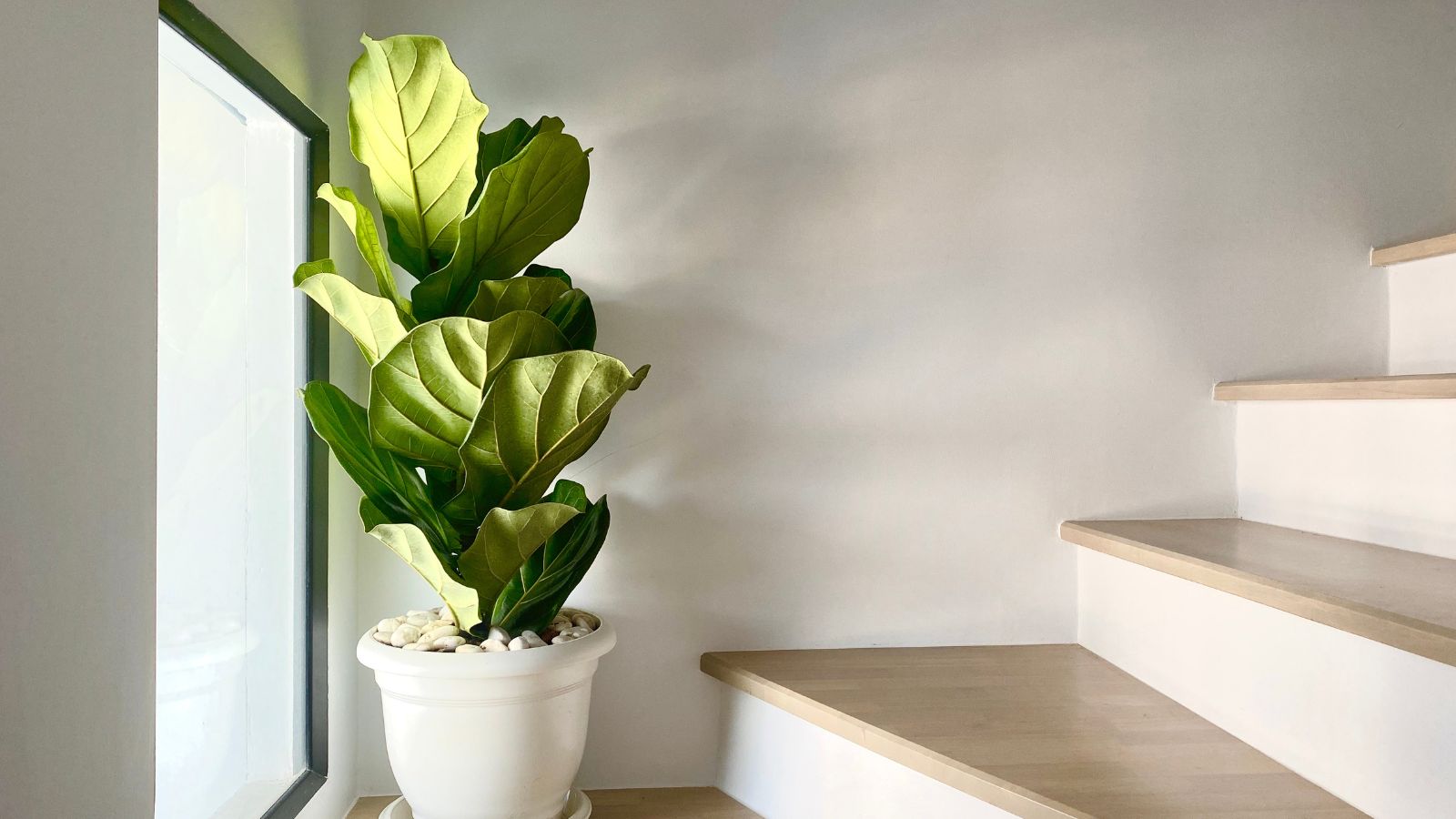
Fiddle Leaf Figs love humidity but hate soggy soil, with too much water causing brown spots on the leaves and eventually, root rot. To avoid this, just water them when the top few inches of soil start to feel dry, and they will remain healthy and continue growing those broad, impressive leaves.
Cactus

Any type of cactus has evolved to survive in arid conditions and has no tolerance for excess moisture, so you need to take it easy on the watering, helping to keep them happy and healthy. As with any other plant, overwatering can quickly lead to rot, as their roots are used to dry soil. So, allow the soil to dry completely before watering again, mimicking the sparse rain they receive in nature.
Dracaena

Dracaena plants are a little more resilient to water than other plants on this list, accepting a moderate amount of moisture. However, they can still easily fall victim to root rot if overwatered. As a general rule, keep the soil slightly damp and allow it to dry between watering sessions. This delicate balance should ensure that Dracaena’s roots remain healthy and the foliage is full of color.
Croton
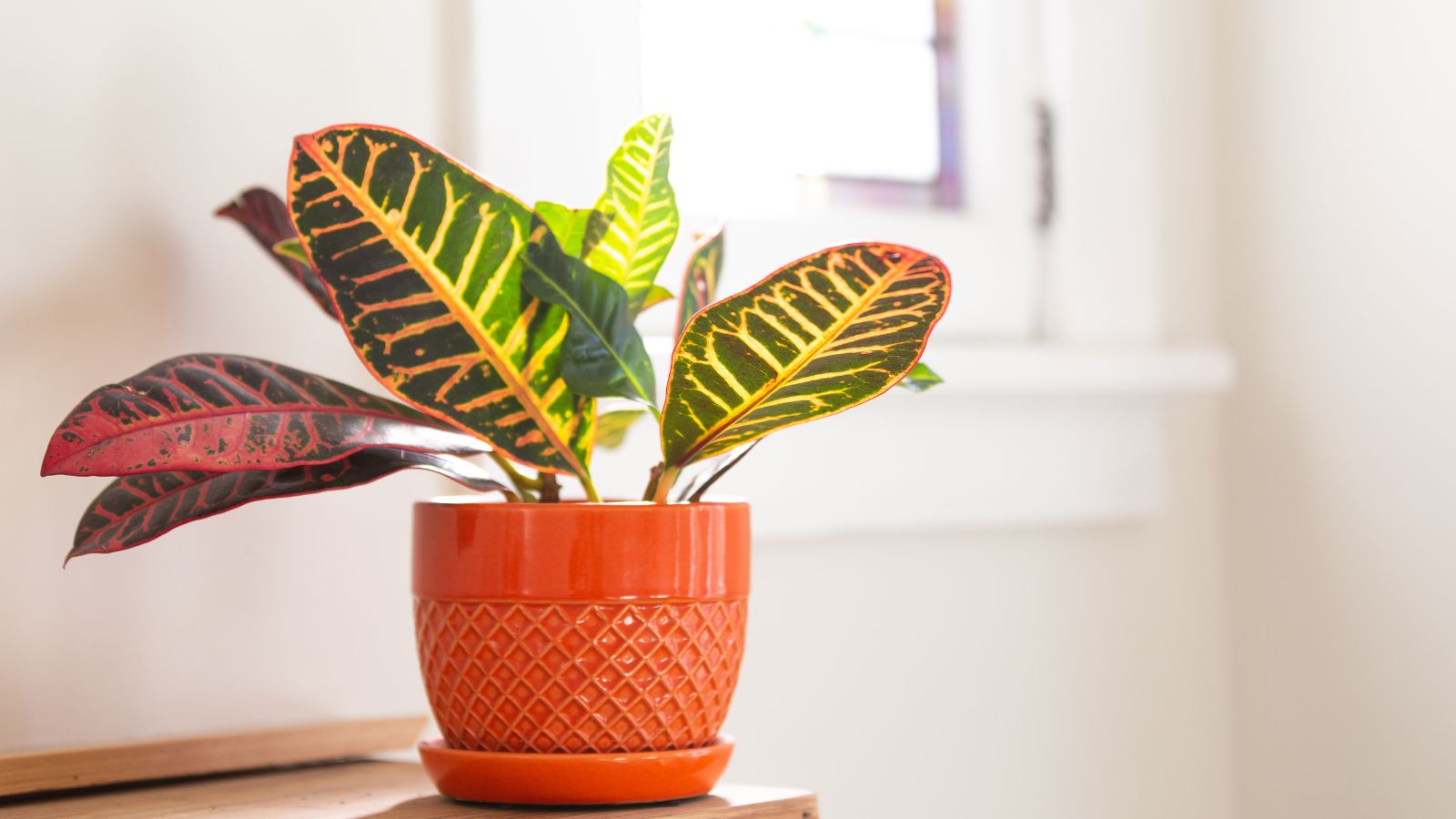
Crotons have bright, colorful leaves, but this doesn’t mean they’re a fan of moist environments. In reality, too much water can cause these beauties to wilt and lose their colors, so they much prefer drying out between waterings. Ultimately, this cycle keeps Crotons healthy and their leaves rich with vibrant hues, and who doesn’t want that?
Cast Iron Plant
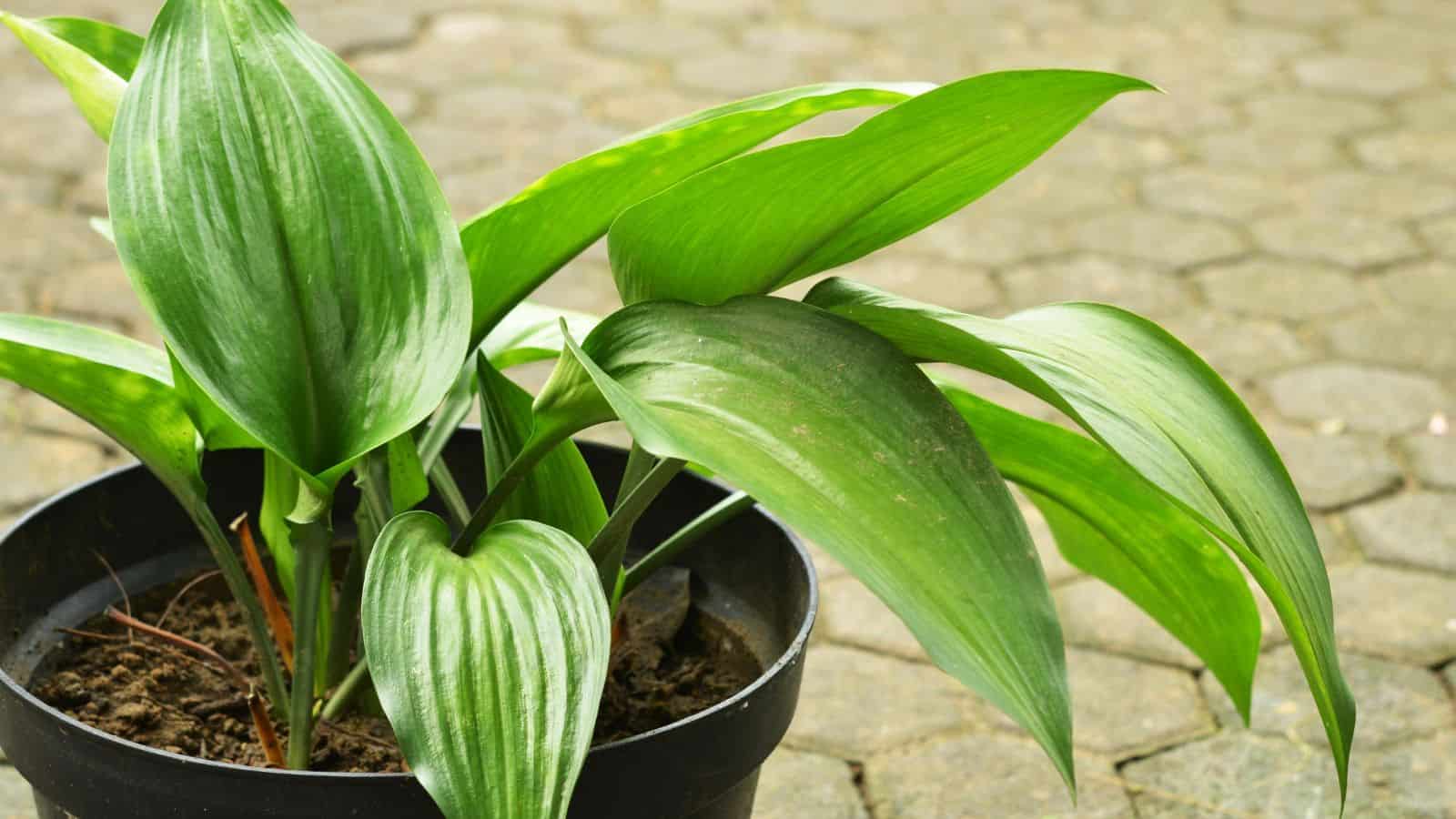
As tough as it sounds, the Cast Iron Plant still doesn’t tolerate excess water. Overwatering can lead to yellow, mushy leaves and eventual root rot, so it’s essential to allow the soil to dry out before watering again. As long as you take care of that, the Cast Iron plant should have the stability it needs to flourish indoors without any risk of drowning.
Philodendron
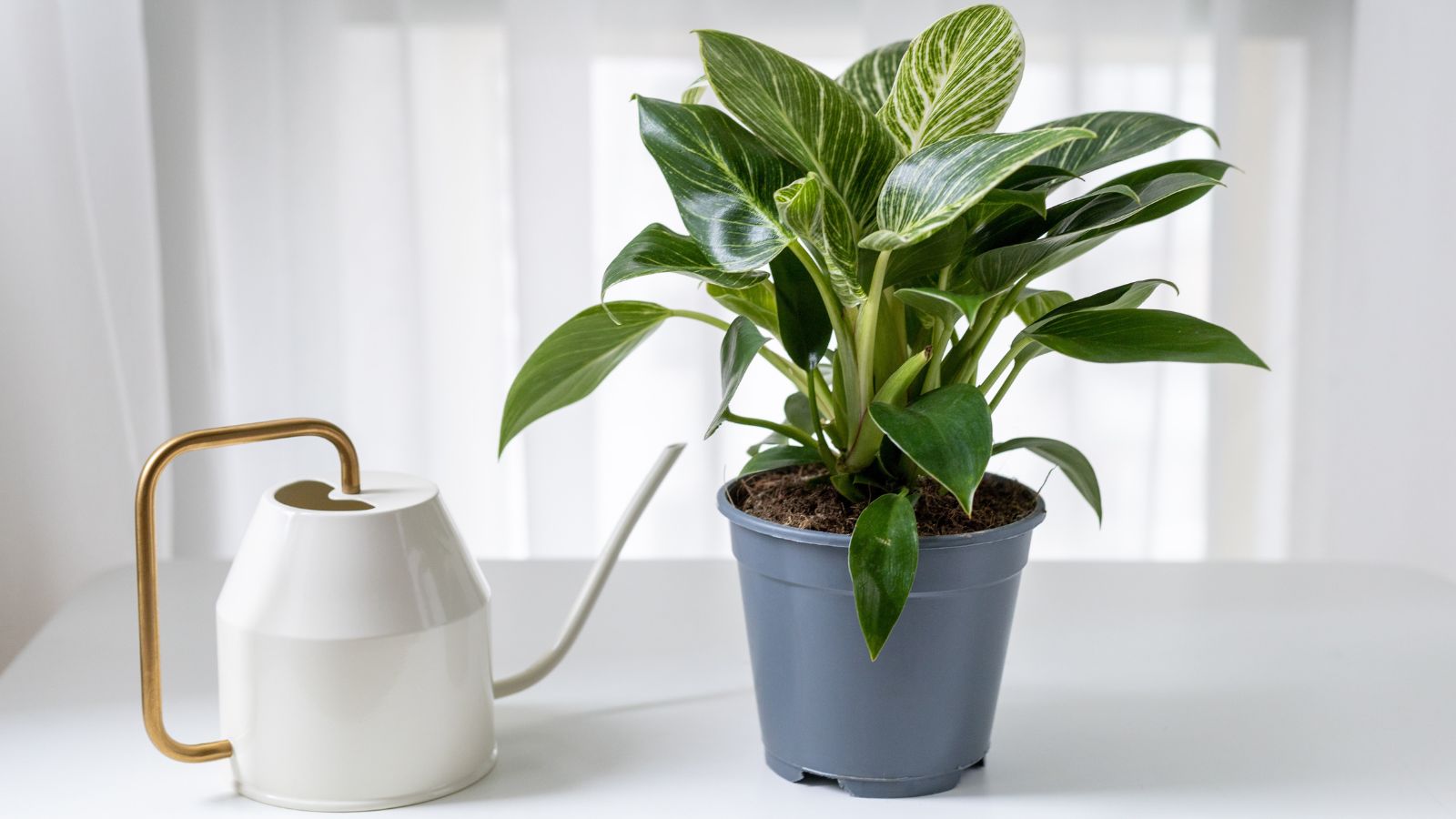
Another houseplant that could die if you overwater them is Philodendrons, which love moderate water but can’t stand soggy soil. Too much moisture will leave them looking sad and yellowed, so only water them when the soil feels dry to the touch. That way, Philodendron will have the perfect conditions to maintain its lush appearance without stress on the roots.
Aglaonema
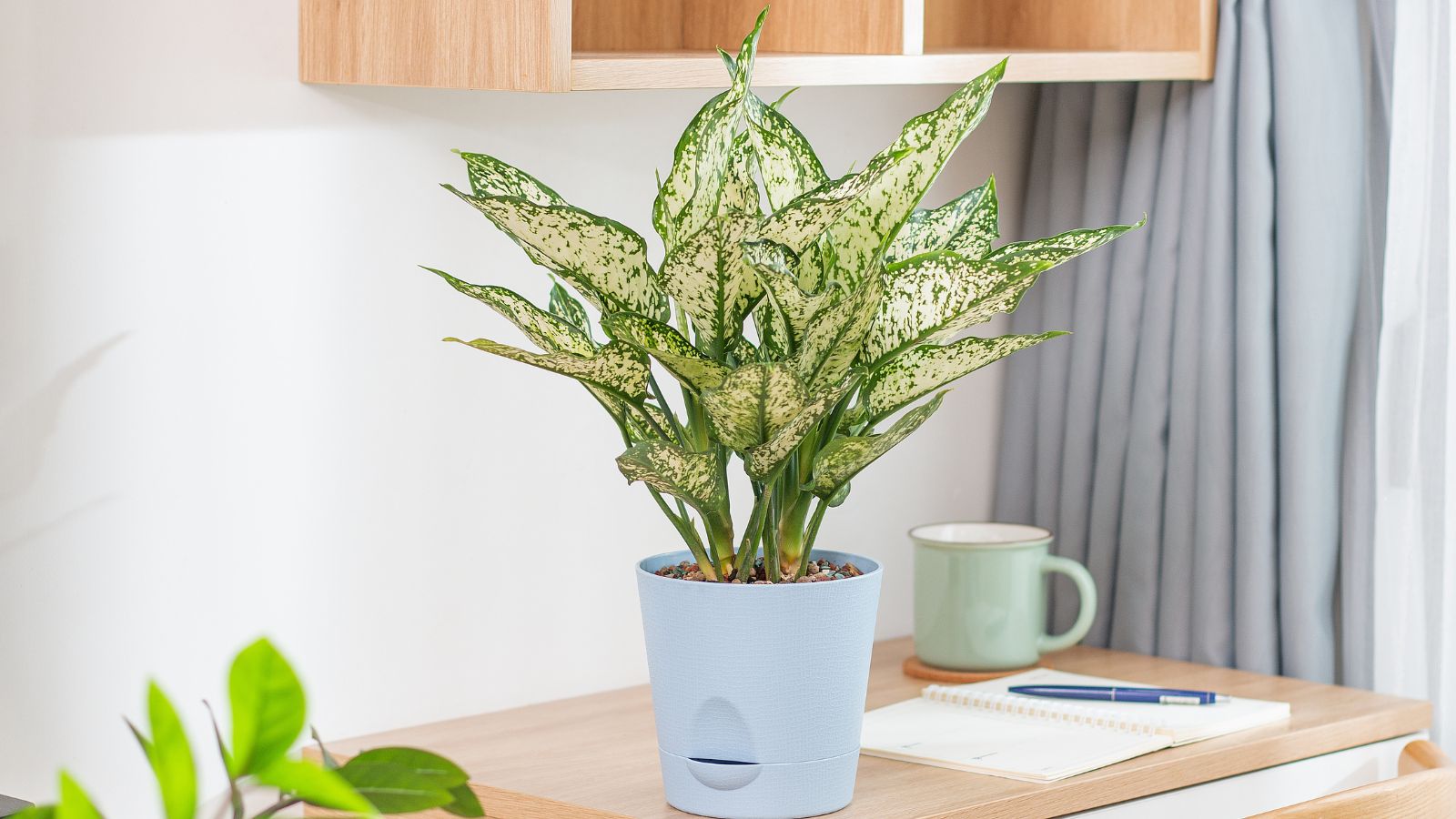
Otherwise known as Chinese Evergreen, Aglaonema is very sensitive to waterlogged soil, so it’s very important to allow the soil to dry out slightly, but not completely, between waterings. Otherwise, too much moisture can lead to rotting roots, and the plant will start to look weak and droopy.
Hoya
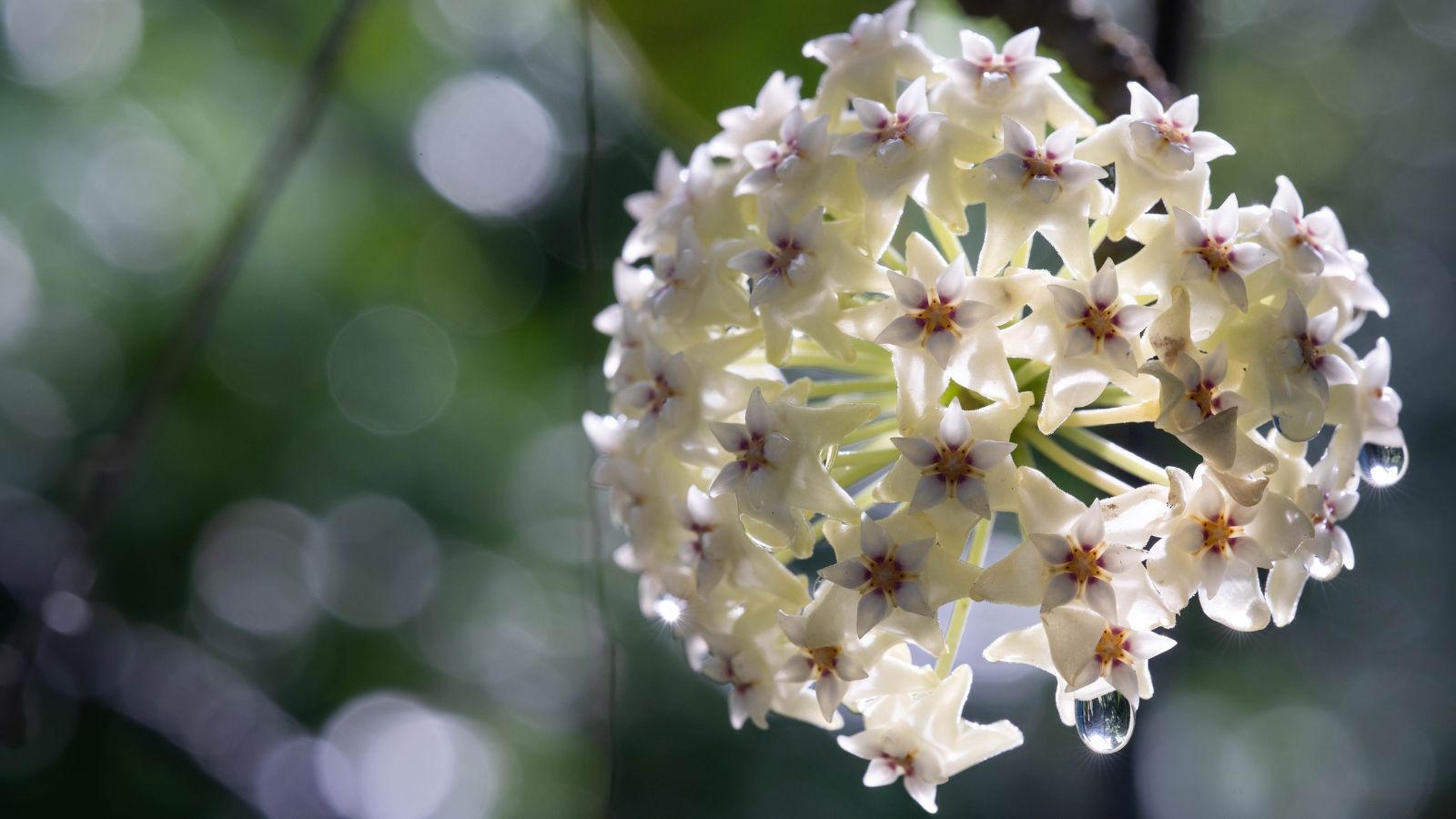
Last but not least, Hoyas, or Wax Plants, store water in their leaves just like many other plants and therefore don’t need frequent watering. If you overdo it, expect to have a case of root rot on your hands. Simply allow the soil to dry out completely between watering sessions, and your Hoya will do just fine.
